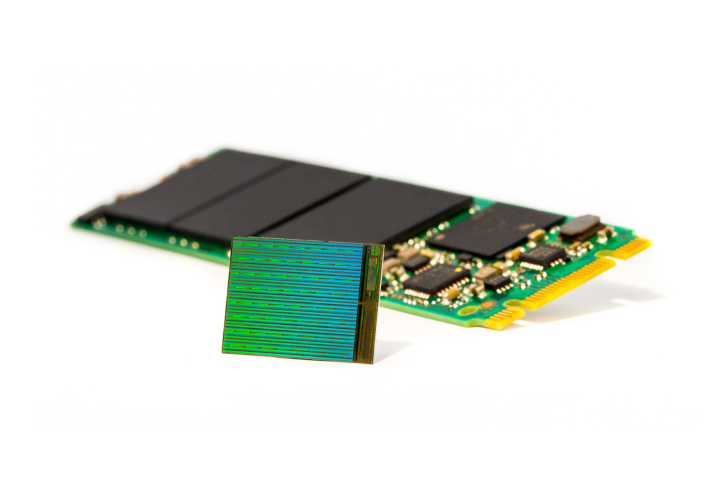
SSDs are expected to surpass the capacity of HDDs by 2016, and the first 30 TB SSD is expected to debut in 2018. Over the last year, the price of SSDs has steadily decreased. Now, many believe that the cost difference between SSDs and mechanical storage will be slimmer than ever before by the end of 2016.
Hard drives, which appear to be hovering around 10 TB, will eventually be no match for the SSD of the future. Prices of SSDs have been steadily slipping since 2014, and they will continue to do so through the end of the year, according to experts.
To speed up the process, 3D NAND has arrived onto the storage device scene. NAND flash device architectures are one-dimensional, meaning they can store more data by increasing density, according to StorageSwiss. Companies such as Intel and Micron have already begun working on producing 3D NAND. They are expected to be implemented in a variety of devices by 2016.
Regardless, the future looks bleak for HDDs. It has been confirmed that wear-out will not be an issue with SSDs, despite previous concern. Also, the price and capacity of SSDs already closely rivals HDDs, which is leading them to fall out of favor with consumers.
Of course, the transition into an HDD-free world may take some time. Existing editions of HDDs will continue to be circulated, and companies might not upgrade to SSDs until their existing HDD is no longer functional. It’s also worth noting that although SSD is the newer, flashier technology, both devices serve the same purpose. In the short term, most users will still end up using a combination of the two technologies. Only time will tell how long before HDDs end up in the junk pile with the floppy drives.
Editors' Recommendations
- OneDrive is ruining my PC gaming setup
- GPU prices and availability (Q1 2024): How much are GPUs today?
- SSDs are getting more expensive, but don’t panic yet
- Brighter isn’t better for OLED monitors. An expert told me the surprising reason why
- The MacBook Pro M3 doesn’t have a memory problem — it has a pricing problem


